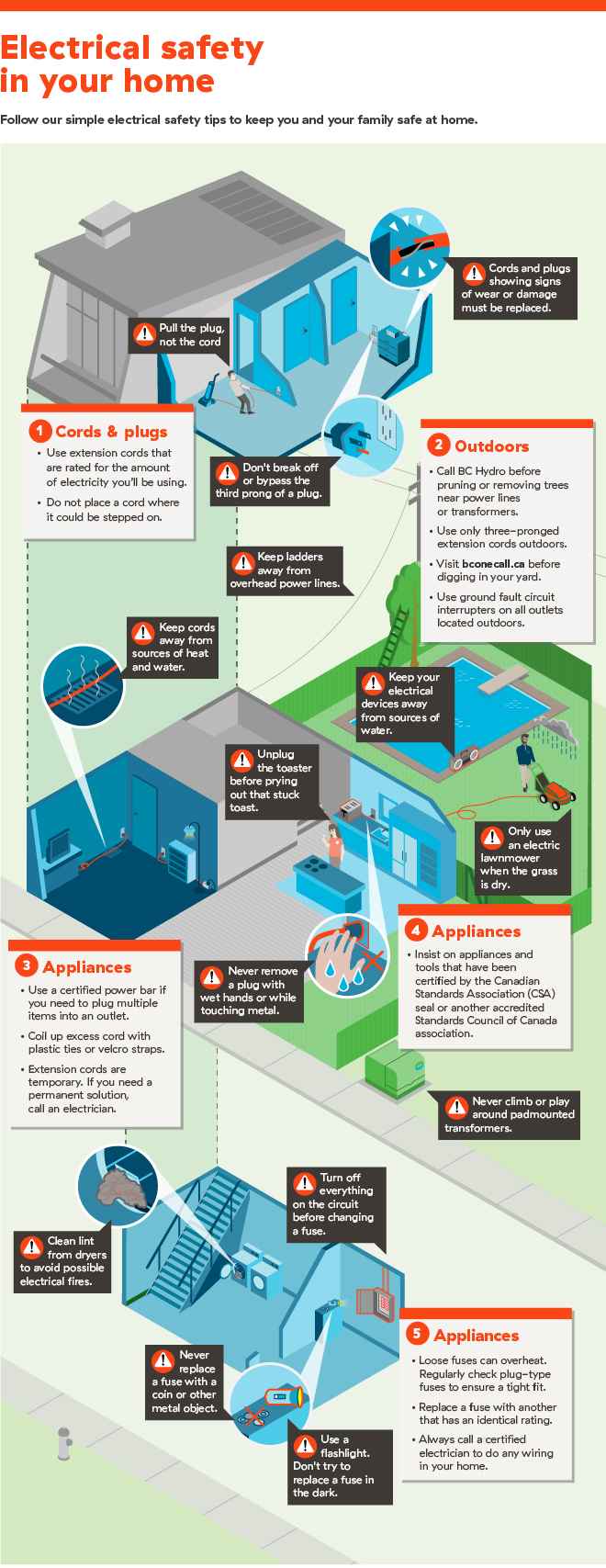Clues That Suggest Tree Elimination: How To Spot Hazardous Trees
Clues That Suggest Tree Elimination: How To Spot Hazardous Trees
Blog Article
Created By-Vogel Butcher
When it concerns tree treatment, acknowledging the signs that it's time for removal is important for your security and building. You may discover tarnished leaves, wilting branches, or odd fungal growths indicating health problems. Architectural concerns, like a substantial lean or splits in the trunk, can additionally position risks. Recognizing these indication can help you make educated decisions regarding your trees and avoid possible risks hiding in your lawn. What should https://howlongdoesittaketreeroot95162.loginblogin.com/42799617/clarifying-tree-removal-prices-strategizing-your-landscaping-budget try to find next?
Indicators of Decay and Illness
When you observe indicators of degeneration and disease in your trees, it's vital to act rapidly. Look for stained fallen leaves, wilting branches, or unusual developments like fungi. https://chicago.cbslocal.com/2019/07/14/west-lawn-homeowner-in-need-of-tree-trimming-months-after-asking-city-for-help/ can suggest that your tree is battling.
If you see fractures in the bark or soft, mushy wood, these signs and symptoms suggest internal decay. In addition, a sudden rise in parasites around your tree can signal that it's compromised and vulnerable.
Check for any dead or dying arm or legs, as they pose a threat to your property and safety and security. If you're uncertain about what you see, getting in touch with an arborist can give clearness.
Dealing with these indicators early can save you from much more comprehensive damage and make sure the health and wellness of your yard. Do not wait till it's far too late.
Structural Instability and Leaning
As you observe your trees, keep an eye out for any type of signs of structural instability or leaning. If a tree leans considerably, it might indicate that the root system is endangered.
Try to find any kind of cracks in the trunk or soil around the base; these can indicate potential failure. In addition, check for unusual growth patterns, like an unbalanced crown, which may suggest that the tree is struggling to hold itself upright.
If you discover that the tree favors your home, high-voltage line, or various other frameworks, it positions a higher danger. Don't disregard these indicators-- get in touch with an arborist to assess the situation.
Taking action early can prevent pricey damages and guarantee your safety and security.
Dead or Dying Branches and Vegetation
If you notice dead or dying branches and vegetation on your tree, it's a clear indicator that something's incorrect.
These unhealthy areas can indicate underlying problems like disease, insect problems, or ecological tension. When branches shed their leaves or turn brown, they're no more adding to the tree's health. Ignoring these signs can lead to more decline, making your tree much more harmful.
Dead branches can quickly break off throughout storms, posturing a threat to building and individuals nearby. It's critical to assess the level of the damages.
If the issue influences a considerable part of the tree, take into consideration speaking with an expert. They can aid establish if removal is essential to guarantee safety and security and keep the beauty of your landscape.
Verdict
If you discover any kind of indicators of degeneration, structural instability, or dead branches on your trees, do not overlook them. These indications can pose significant security dangers to you and your home. It's constantly best to seek advice from a professional arborist who can supply an expert assessment of your trees. Acting early can avoid mishaps and pricey damages, ensuring your landscape remains safe and healthy. Keep in mind, it's far better to be aggressive about tree treatment than to await a calamity to take place.
